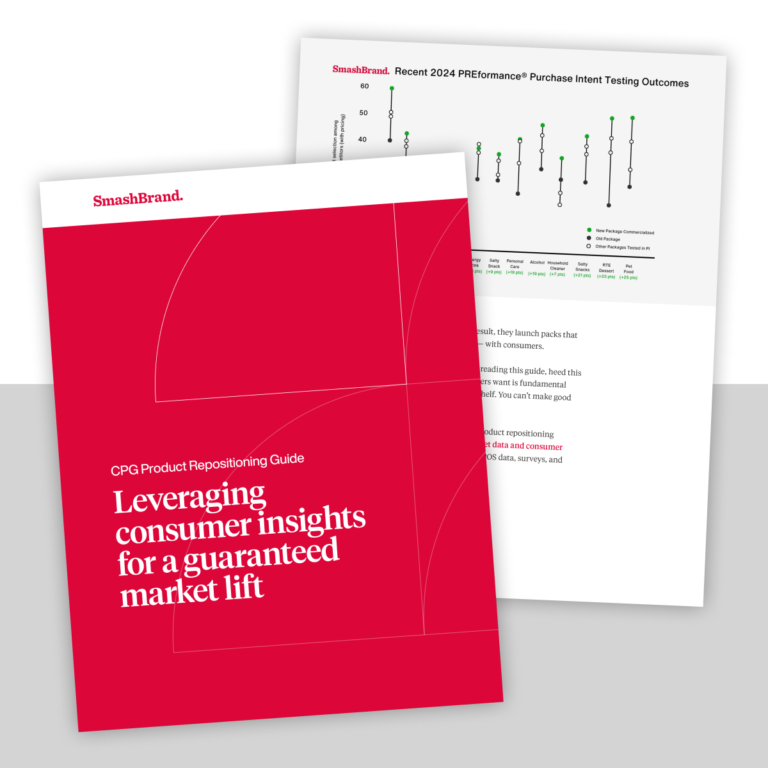The decision to purchase is influenced by many psychological variables that package designers need to address.
How long do you look at a product before deciding whether or not to buy? Two seconds? Five seconds?
For most of us, it isn’t long. We form snap judgments on each product based on numerous psychological variables that act in the background, often without us realizing it. These factors are the primary motivators of purchasing behavior—and must be understood by brands that want to push their packaging design to the next level.
1. Show More by Showing Less
Brands can say more (and appear more sophisticated) by taking a minimalist approach to their package design. Have you ever seen a package that had text scrawled on all sides? Wasn’t it a nightmare to look at for more than five seconds? What about products that make numerous claims to the point that you don’t trust anything written on the label?
Smart brands don’t need to overload their customers with information; they utilize simple, minimal designs to telegraph confidence and authority. Top brands don’t need to brag—they let the design speak for itself.
2. Remove the Fear of the Unknown
There’s a common mantra among marketers stating that people aren’t afraid of spending money—they’re afraid of looking foolish. People don’t like feeling tricked into purchasing, and it’s this fear of the unknown that prevents consumers from taking risks on new products. To mitigate this fear, help customers fully experience the product at the point of purchase. Use clear packaging so they can see the item and include cut-out zones to provide a tactile experience. When consumers feel confident that they understand a product, they’ll be more willing to give it a chance.
3. Sell to the Right People
Companies must identify the markets most receptive to their products and base their package designs around their preferences. Many businesses make the mistake of trying to reach as many people as possible through ordinary package designs that the average customer is familiar with, but this is misguided. Trying to appeal to everyone means that you’ll stand out to no one.
4. Don’t Afraid to Be Different
Above all, designers shouldn’t be afraid to be different. There’s a popular business strategy known as the “Blue Ocean” method, stating that the best way to compete in a competitive market is to redesign your strategy to move outside the market. (Moving from a bloody, shark-infested ocean to a clear, blue ocean.) This concept applies to package design as well. Companies can play it safe by following industry trends, but the companies that distinguish themselves as market leaders aren’t afraid to go off book.
5. Sending the Right Message
Every decision made in packaging design, from material type to package shape to the copy on the label influences consumers in different ways. Savvy brands understand each of the impacts their packaging designs have on the minds of their customers. The best results come from designs that account for the preferences of the target market alongside the unique value proposition that each product offers. When these factors are combined, brands gain high-impact psychological package design that never stays long on the shelf.
Subscribe to
Nice Package.
A monthly newsletter that unpacks a critical topic in the FMCG & CPG industry.
Free Resource.

CPG product repositioning guide.
Explore the five undeniable signs your CPG product needs repositioning along with strategies for leveraging consumer insights for a guaranteed market lift.
Learn More About CPG product repositioning guide.